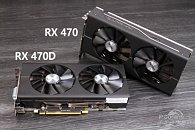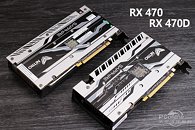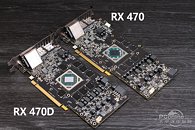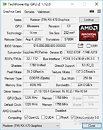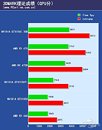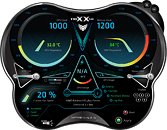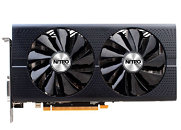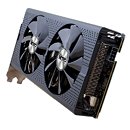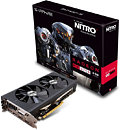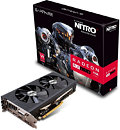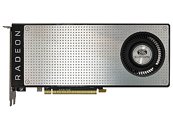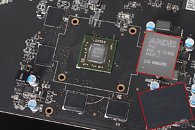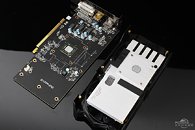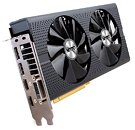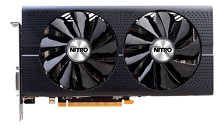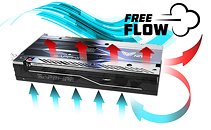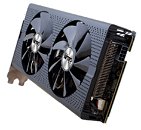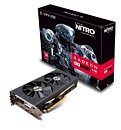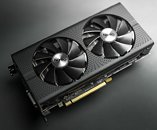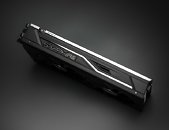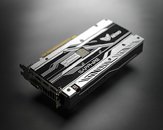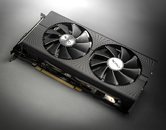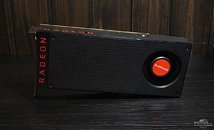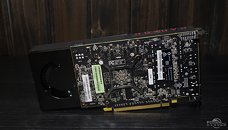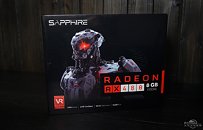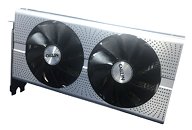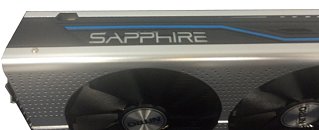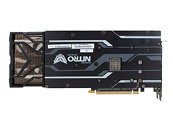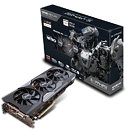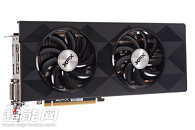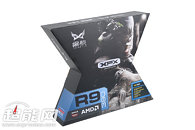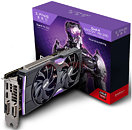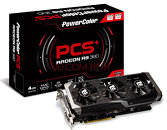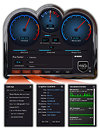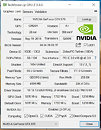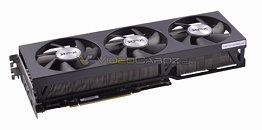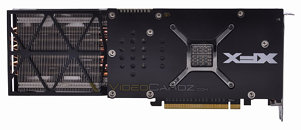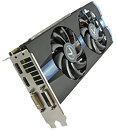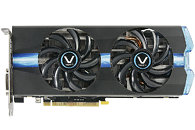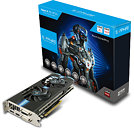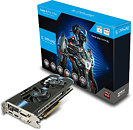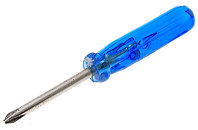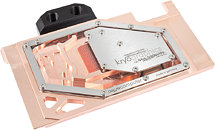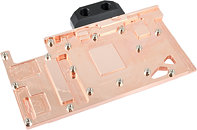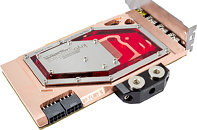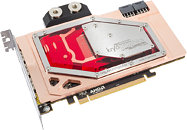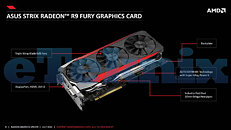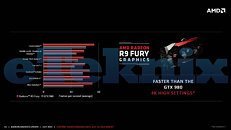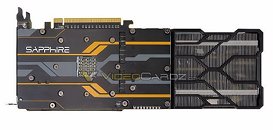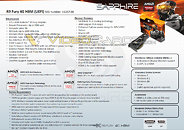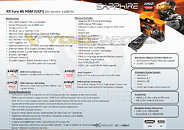
Various Radeon RX 500 Series Graphics Cards Start Getting Listed
It looks like AMD Radeon RX 500 series SKUs, such as the RX 580, RX 570, and RX 550, will launch later this month after all, with various ASUS and Sapphire branded SKUs getting listed on popular online stores. While predictably, these SKUs are overpriced on account of pre-launch orders, these are widely expected to be re-brands of the RX 480, RX 470, and RX 460, with slightly higher reference clock speeds, and improved power delivery.
ASUS is readying at least six SKUs based on this series, including two RX 580 8 GB STRIX models, two RX 570 4 GB STRIX models, and two RX 550 SKUs with 4 GB and 2 GB memory amounts. Sapphire, on the other hand, has a gargantuan 12 SKUs based on the three chips, including 8 GB and 4 GB variants of both the RX 580 and RX 570, both 4 GB and 2 GB variants of the RX 550, and two new brand extensions - Pulse and Mini, besides its iconic NITRO+ series.The list of SKUs follows.
ASUS is readying at least six SKUs based on this series, including two RX 580 8 GB STRIX models, two RX 570 4 GB STRIX models, and two RX 550 SKUs with 4 GB and 2 GB memory amounts. Sapphire, on the other hand, has a gargantuan 12 SKUs based on the three chips, including 8 GB and 4 GB variants of both the RX 580 and RX 570, both 4 GB and 2 GB variants of the RX 550, and two new brand extensions - Pulse and Mini, besides its iconic NITRO+ series.The list of SKUs follows.







